Search
Did you mean: Anu?
Search Results
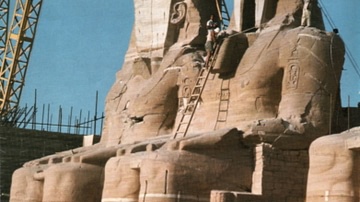
Image
Abu Simbel - Work in Progess
View of work in progress, during the repositioning of the temples of Abu Simbel, relocated 60 meters high and 200 meters back from its original position
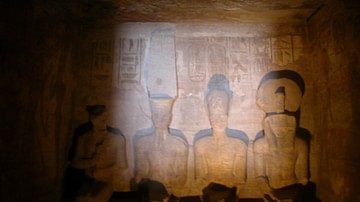
Image
Abu Simbel Interior
Inside the Great Temple The architects of ancient Egypt in the 13th century BCE aligned the temple so that , on October 21 and February 21 (61 days before and 61 days after the winter solstice), the sun’s rays enter into the sanctuary...
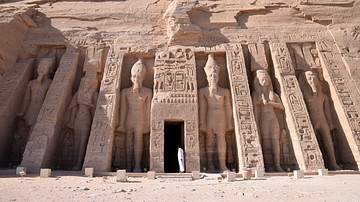
Image
Abu Simbel, Facade of the Temple of Hathor
The Temple of Hathor or "Small Temple" was constructed during the reign of Ramesses II (c. 1279 - c. 1213 BCE). The Small Temple was dedicated to the goddess Hathor and Queen Nefertari, Ramesses' favourite wife. On the facade, six colossi...
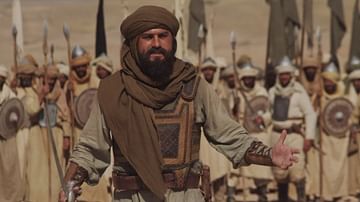
Definition
Ridda Wars
The Ridda Wars or the Wars of Apostasy (632-633 CE) were a series of military engagements between the armies of the Rashidun Caliphate (632-661 CE) and the renegade tribes of Arabia. The rebels had renounced their allegiance with the nascent...
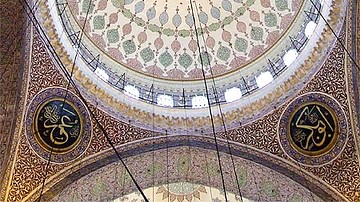
Definition
Rashidun Caliphate
The first four caliphs of the Islamic empire – Abu Bakr, Umar, Uthman, and Ali are referred to as Rashidun (rightly guided) Caliphs (632-661 CE) by mainstream Sunni Muslims. Their tenure started with the death of Prophet Muhammad in 632 CE...

Definition
Umar
Umar ibn al-Khattab (r. 634-644 CE) was the second caliph of the Rashidun Caliphate (632-661 CE, as the first four caliphs are referred to by the Sunni Muslims). He was an early convert of Islam and one of the close companions of the Islamic...

Image
Scaffolding Arch of Abu Simbel Great Temple, 1966
International campaign for the safeguarding of the Nubian monuments launched by UNESCO. In this photo, you can see the first arch of the scaffolding for the dome of the Great Temple of Abu Simbel under erection on its new site. Abu Simbel...
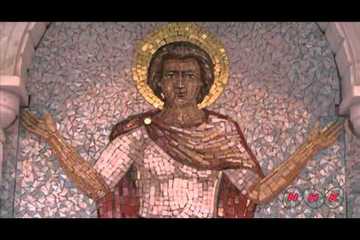
Video
Abu Mena (UNESCO/NHK)
The church, baptistry, basilicas, public buildings, streets, monasteries, houses and workshops in this early Christian holy city in Egypt were built over the tomb of the martyr Menas of Alexandria, who died in A.D. 296. Source: UNESCO...

Article
Early Muslim Conquests (622-656 CE)
Islam arose as a religious and socio-political force in Arabia in the 7th century CE (610 CE onwards). The Islamic Prophet Muhammad (l. 570-632 CE), despite facing resistance and persecution, amassed a huge following and started building...
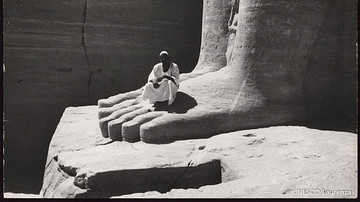
Image
Giant Foot at Abu Simbel
Great Temple (height: 110 feet / 33 meters, width: 127 feet / 38 meters) built under the 19th dynasty. On the facade, four colossuses about 67 feet / 20 meters high represent Rameses II (1290-1223 BCE). The complete work is 270 feet / 68...